Is Fish Considered Seafood or Meat in Singapore?
Is Fish Considered Seafood or Meat in Singapore?
If you're a foodie in Singapore, you might have wondered whether fish is considered seafood or meat. After all, fish is an animal product, but it's not exactly the same as beef or chicken. The answer to this question is not as straightforward as you might think, as it depends on various factors such as cultural and religious beliefs, scientific classification, and culinary traditions.
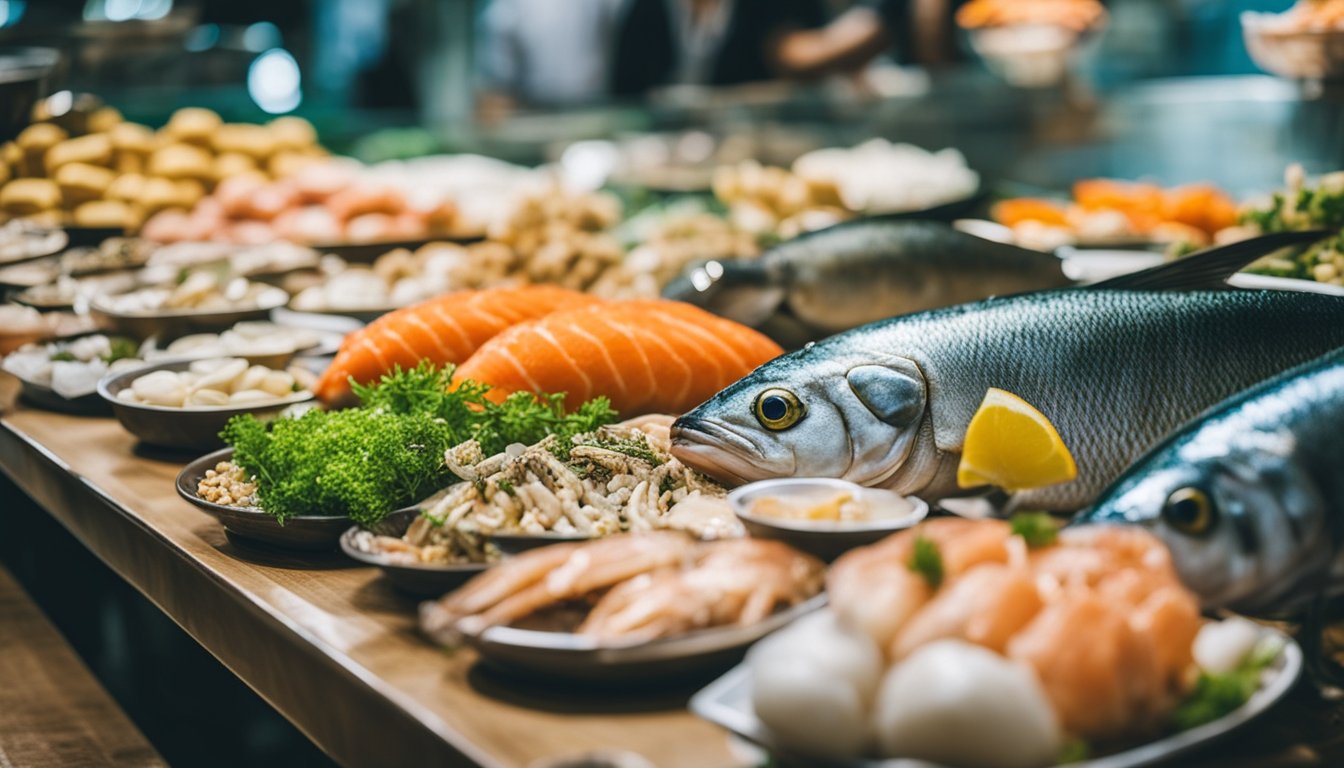
Understanding the distinction between seafood and meat in Singapore can be confusing, especially if you come from a different cultural background. The Singapore Food Agency (SFA) classifies seafood as "edible aquatic animals, both vertebrates and invertebrates, and includes fish, shellfish, crustaceans, and molluscs." On the other hand, meat refers to "the flesh of any animal, including cattle, sheep, pigs, poultry, and game." While this definition might seem clear-cut, there are exceptions and nuances that can complicate matters.
Key Takeaways
- The distinction between seafood and meat in Singapore can be confusing due to cultural, scientific, and culinary factors.
- The Singapore Food Agency (SFA) classifies seafood as edible aquatic animals and meat as the flesh of any animal, but there are exceptions and nuances.
- Popular seafood varieties in Singapore include crabs, prawns, squid, and fish, and the seafood and meat supply chain is complex and diverse.
Understanding Seafood and Meat in Singapore
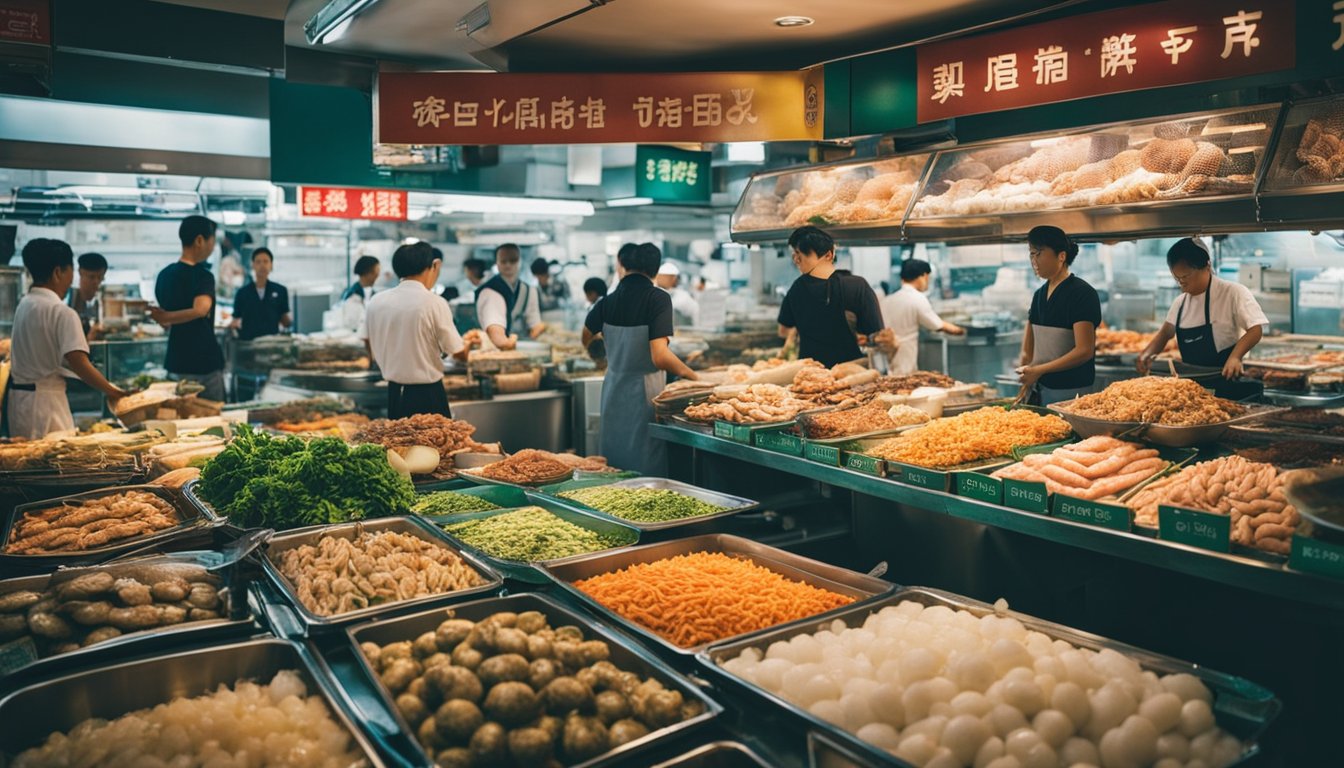
Definition of Seafood
When it comes to food, seafood is a term used to describe the edible flesh of marine animals. This includes fish, shellfish, and other creatures that live in the sea. In Singapore, seafood is a popular source of protein and essential nutrients. It is also a significant part of the local cuisine, with many traditional dishes featuring seafood as a key ingredient.
Classification of Meat
Meat is another term that is often used when talking about food. It refers to the flesh of animals that are raised for food, such as cows, pigs, and chickens. In Singapore, meat products are widely consumed and are an important part of the local diet.
Meat is classified as either red or white, depending on the type of muscle fibres it contains. Red meat comes from animals that use their muscles frequently, such as cows and pigs, and has a higher concentration of myoglobin. White meat, on the other hand, comes from animals that use their muscles less frequently, such as chickens and turkeys, and has a lower concentration of myoglobin.
When it comes to seafood, it is generally classified as either white or oily. White seafood includes fish such as cod, haddock, and sole, while oily seafood includes fish such as salmon, tuna, and mackerel. The classification is based on the amount of oil in the fish, with oily fish containing higher levels of omega-3 fatty acids.
In conclusion, understanding the difference between seafood and meat is essential when it comes to choosing the right foods for your diet. Whether you prefer fish or meat products, it is important to make sure you are getting the right nutrients to keep your body healthy and strong.
The Role of Singapore Food Agency (SFA)
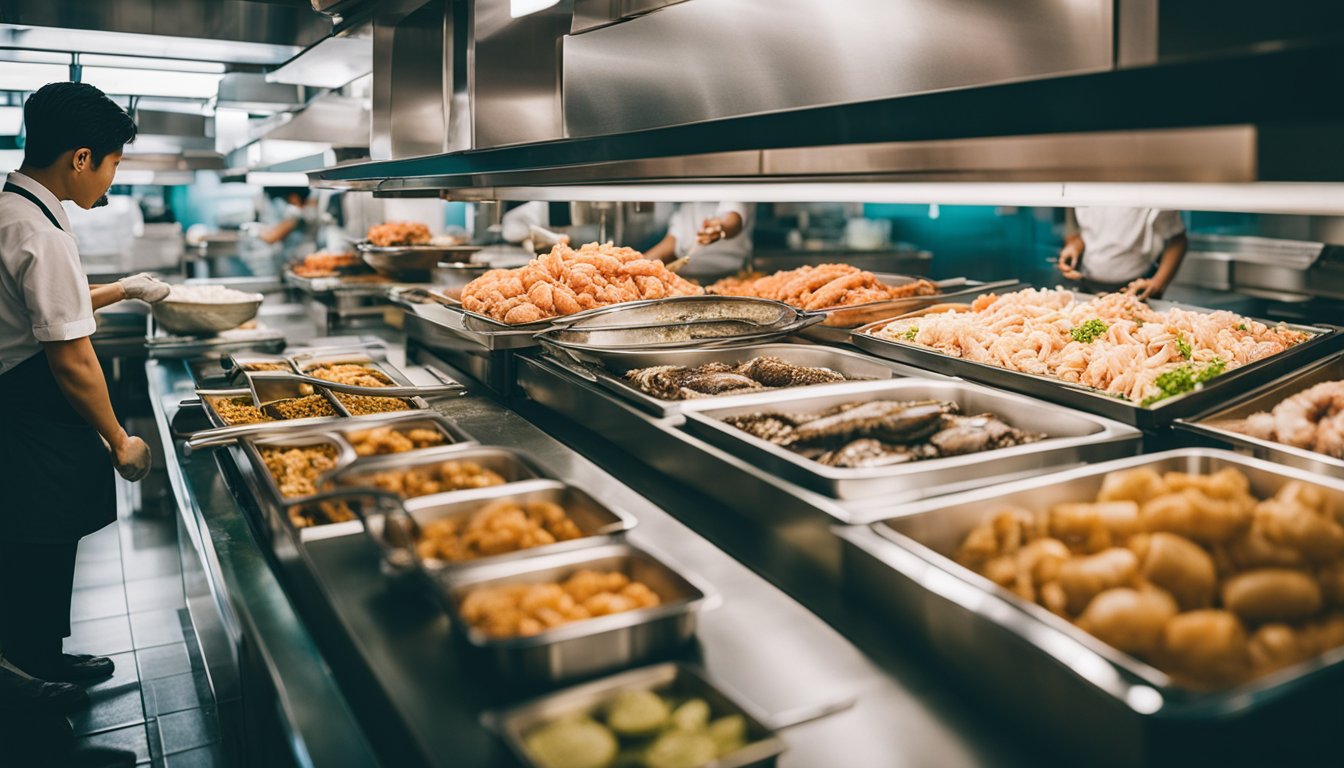
If you're wondering whether fish is classified as seafood or meat in Singapore, the Singapore Food Agency (SFA) is the authority responsible for regulating the import and export of fish and fish products. As such, it plays a crucial role in determining how fish is classified in Singapore.
Import and Export Regulations
If you're planning to import or export fish or fish products in Singapore, you will need to obtain an import permit or an export license from the SFA. The SFA regulates the import and export of fish and fish products to ensure that they meet the food safety and quality standards set by the agency.
The SFA also has a list of competent authorities that regulate the import and export of specific types of food products, including seafood. For example, the SFA regulates the import and export of seafood products, including fish, crustaceans, shellfish, echinoderms, molluscs, and their young and eggs. You can find more information on the SFA's website here.
Food Safety and Quality Standards
The SFA is responsible for ensuring that all food products, including fish and seafood, meet the food safety and quality standards set by the agency. The SFA has strict regulations in place to ensure that all food products are safe for consumption and meet the necessary quality standards.
For example, the SFA has set maximum residue limits for various types of contaminants, such as heavy metals, pesticides, and veterinary drugs, in fish and seafood products. The agency also has regulations in place to ensure that fish and seafood products are properly labelled, and that they are not misbranded or adulterated.
In summary, the SFA plays a crucial role in regulating the import and export of fish and fish products in Singapore. If you're planning to import or export fish or seafood products, you will need to obtain an import permit or an export license from the SFA. The agency also ensures that all food products, including fish and seafood, meet the food safety and quality standards set by the agency.
Popular Seafood Varieties in Singapore
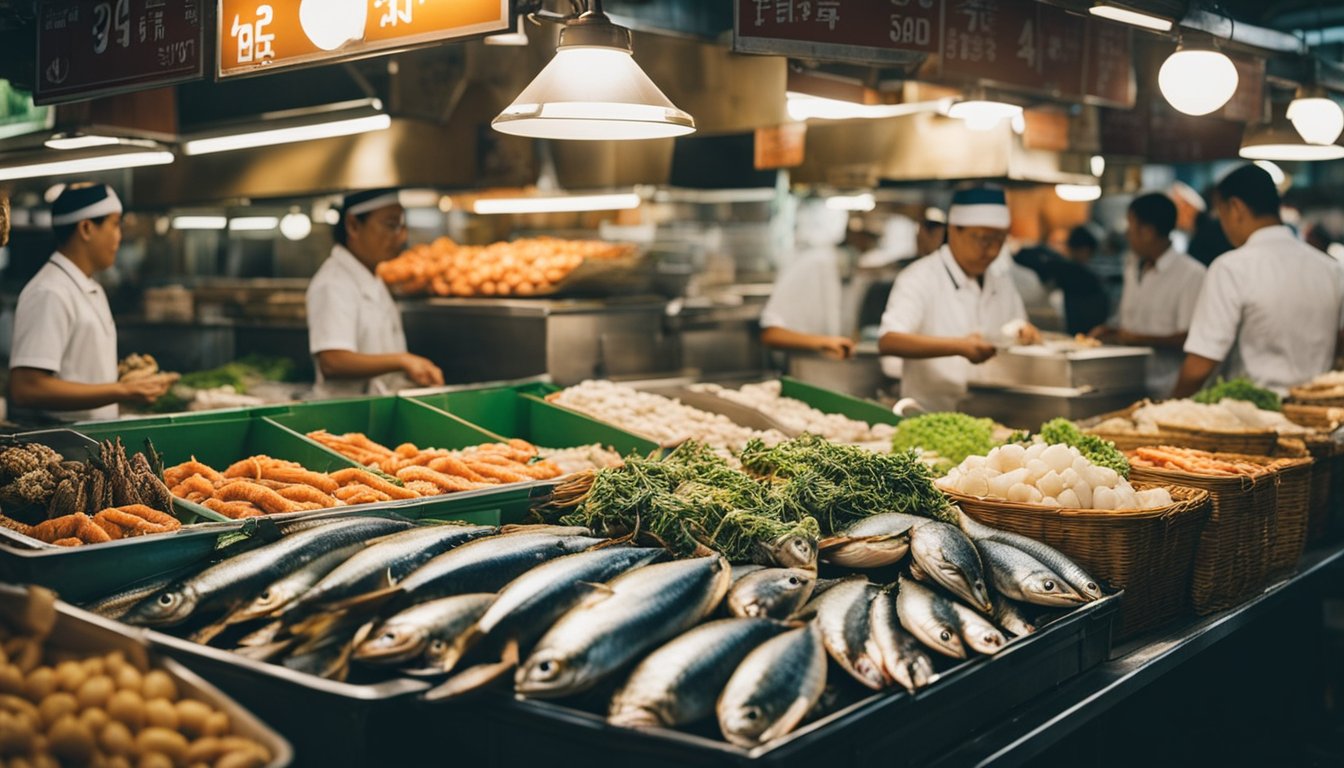
If you are a seafood lover, you are in for a treat in Singapore. The country is known for its fresh and delicious seafood, which is enjoyed by locals and tourists alike. Here are some of the popular seafood varieties in Singapore:
Local Seafood Delicacies
Singapore is home to many local seafood delicacies that you must try. One of the most popular is the chilli crab. The dish is made with fresh crabs that are stir-fried in a spicy and sweet tomato-based sauce. It is usually served with steamed buns that are used to soak up the delicious gravy.
Another local delicacy is the oyster omelette, which is a popular street food in Singapore. The dish is made with fresh oysters that are fried with eggs and starch to create a crispy and savoury pancake.
If you are a fan of uni, you will love the sea urchin roe served at many Japanese restaurants in Singapore. The uni is usually served as sashimi or in sushi rolls, and it is prized for its delicate and creamy texture.
Imported Seafood Selection
Singapore also offers a wide range of imported seafood options. Prawns are a popular choice, and you can find both tiger prawns and regular prawns at many seafood restaurants. They are usually cooked in a variety of ways, including grilled, fried, or steamed.
Squid is another popular seafood option in Singapore. It is often served grilled or fried and is a great appetizer or side dish.
Lobster is a luxurious seafood option that is available at many high-end restaurants in Singapore. It is usually served grilled or steamed and is prized for its sweet and succulent meat.
If you are a fan of fish, you will love the barramundi fillet, which is a popular choice at many seafood restaurants. It is usually served grilled or steamed and is prized for its delicate flavour and flaky texture.
Salmon is another popular fish option in Singapore. It is often served as sashimi or in sushi rolls and is prized for its rich flavour and high omega-3 content.
In conclusion, Singapore offers a wide range of delicious seafood options for you to enjoy. Whether you prefer local delicacies or imported seafood, you are sure to find something that satisfies your taste buds.
Seafood and Meat Supply Chain
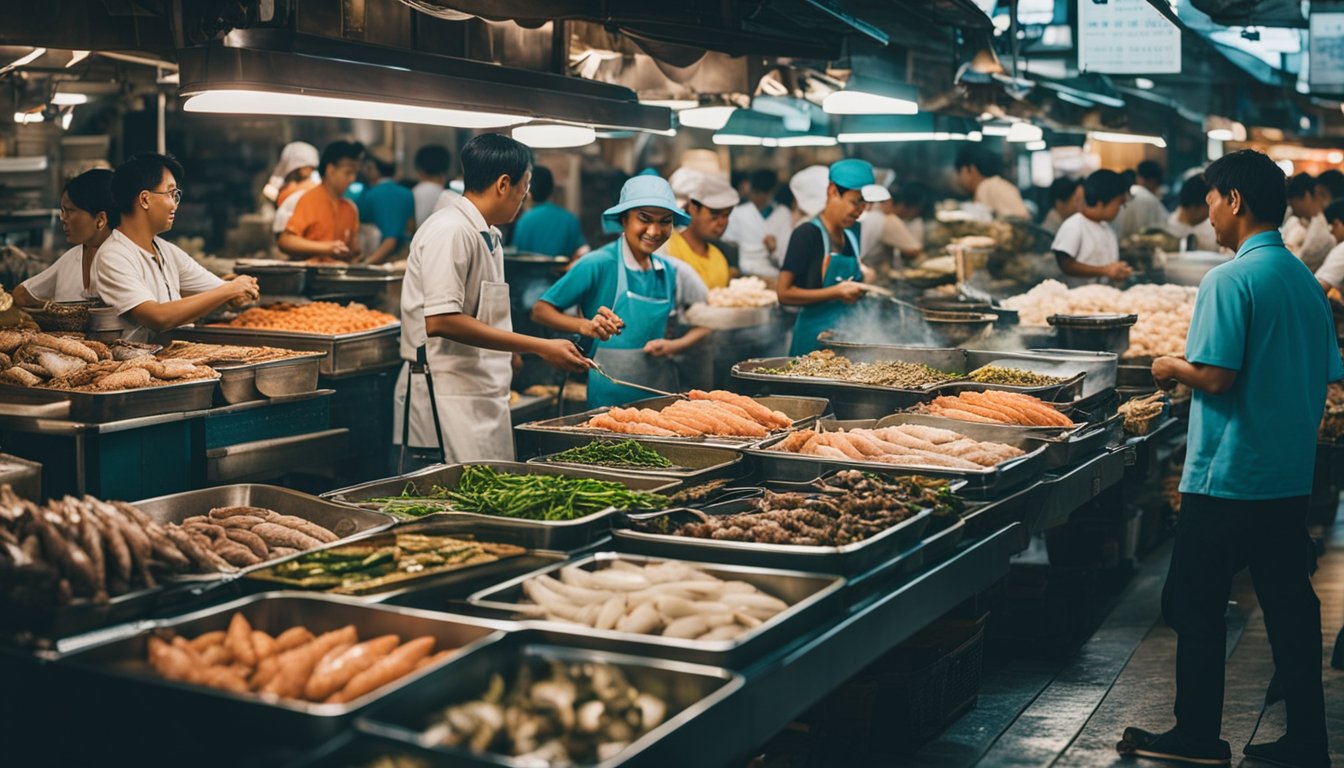
When it comes to seafood and meat supply chain in Singapore, there are two main categories to consider: local markets and suppliers, and international suppliers and trade.
Local Markets and Suppliers
Singapore has a thriving local seafood and meat market, with many trusted suppliers offering expedited logistic services and seafood delivery. Some of the most popular local seafood suppliers include Evergreen Seafood, Ah Hua Kelong, Sembawang, and Golden Pomfret.
For those looking for live Boston lobster or other fresh seafood, Jurong Fishery Port is a popular destination. It is a bustling hub for seafood enthusiasts, with a wide range of seafood available at reasonable prices.
For meat lovers, there are many meat suppliers in Singapore offering high-quality meats such as beef, chicken, and pork. Some popular meat suppliers include Dish the Fish and Jurong Fishery Port.
International Suppliers and Trade
Singapore imports a large amount of seafood and meat from other countries such as Australia, New Zealand, USA, Japan, Canada, France, Ireland, and the Netherlands. These countries are known for their high-quality seafood and meat products, and Singaporeans have come to rely on them for their seafood and meat needs.
To ensure the freshness and quality of imported seafood and meat, many international suppliers use expedited logistic services to deliver their products to Singapore as quickly as possible. This ensures that the products arrive in Singapore in the freshest possible condition.
Overall, Singapore's seafood and meat supply chain is a well-established and reliable system, with many trusted suppliers and international trade partners. Whether you're looking for fresh local seafood or high-quality imported meat, Singapore has plenty of options to choose from.
Frequently Asked Questions
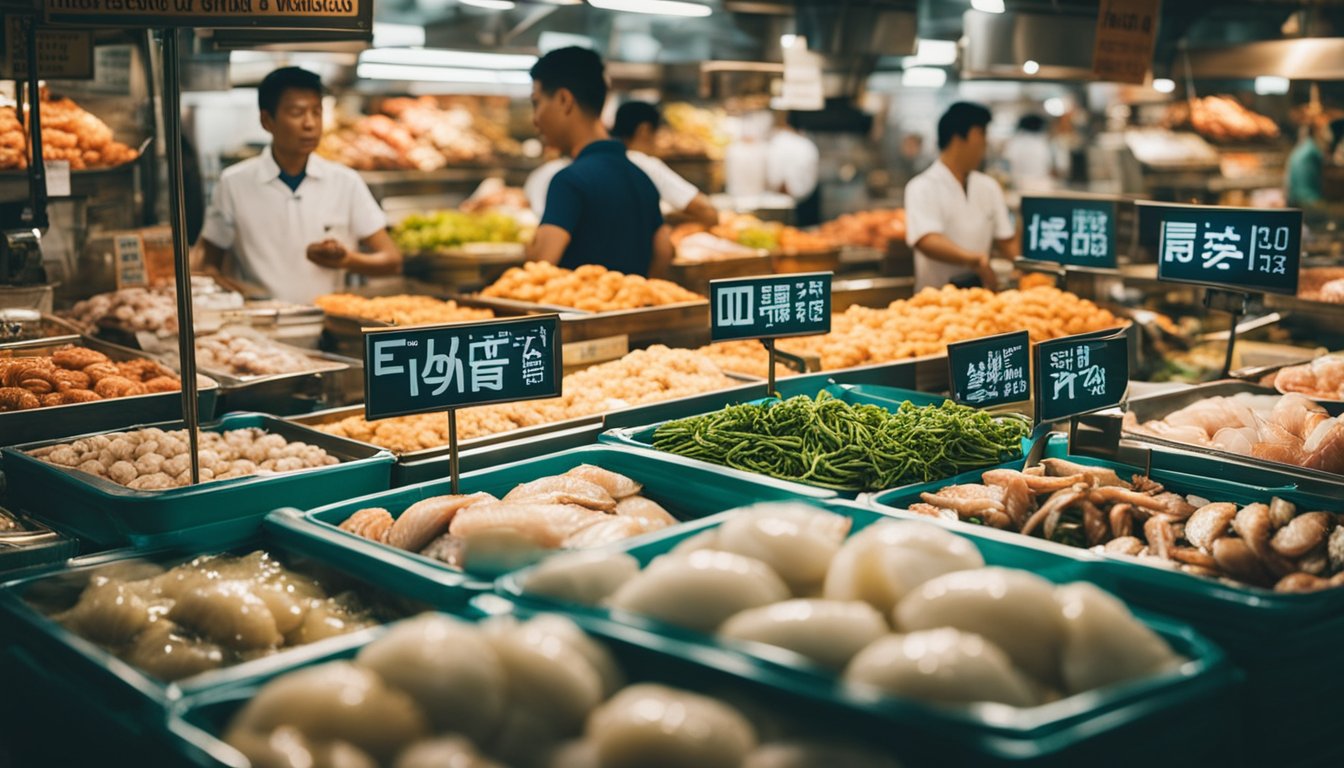
What's the difference between seafood and meat when it comes to Singaporean cuisine?
Seafood and meat are both popular food items in Singaporean cuisine. Seafood refers to any type of sea creature that is consumed as food, such as fish, prawns, crabs, and squid. Meat, on the other hand, refers to any animal flesh that is consumed as food, such as beef, pork, and chicken. While both seafood and meat are consumed in Singapore, seafood is particularly popular due to the country's location on the coast.
Are there any particular food items that are restricted when entering Singapore?
Yes, there are certain food items that are restricted when entering Singapore. These include fresh fruits and vegetables, meat products, and dairy products. This is because Singapore has strict regulations to prevent the spread of diseases and pests. It is important to check with the Singapore Food Agency for the latest information on restricted food items before entering the country.
How does one go about importing food items into Singapore?
If you want to import food items into Singapore, you must obtain a permit from the Singapore Food Agency. The permit is required for all types of food items, including packaged food products and raw ingredients. The permit application process is relatively straightforward and can be done online. However, it is important to ensure that the food items comply with Singapore's food regulations before importing them.
Can I bring food gifts, like milk powder or durian, from Malaysia to Singapore?
Yes, you can bring food gifts from Malaysia to Singapore. However, it is important to check with the Singapore Food Agency for the latest information on restricted food items. For example, durian is allowed in limited quantities, but it is important to ensure that the durian is properly packaged and does not contain any pests.
What types of fish are commonly found in Singaporean waters for fishing?
Singapore is home to a wide variety of fish species, including groupers, snappers, barramundi, and mackerel. Some of the most popular fishing spots in Singapore include Changi Beach, Pulau Ubin, and Bedok Jetty. It is important to check with the National Parks Board for the latest information on fishing regulations and licensing requirements.
What role does seafood play in the diet of Singaporeans?
Seafood is an important part of the Singaporean diet, and it is consumed in a variety of ways, such as in soups, stews, and curries. Some of the most popular seafood dishes in Singapore include chilli crab, black pepper crab, and fish head curry. Due to its proximity to the sea, seafood is readily available and is often enjoyed by locals and tourists alike.


